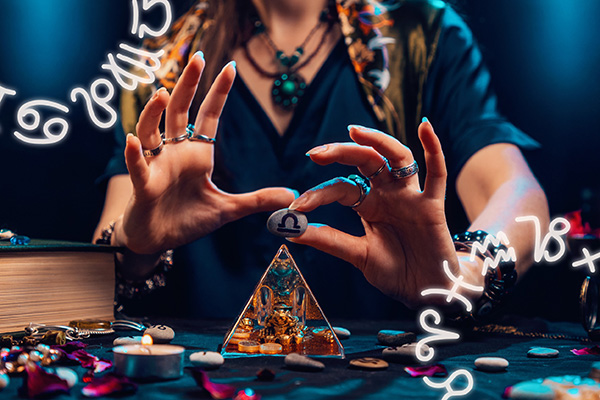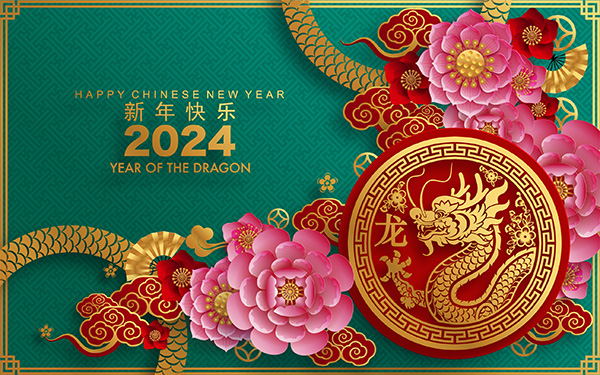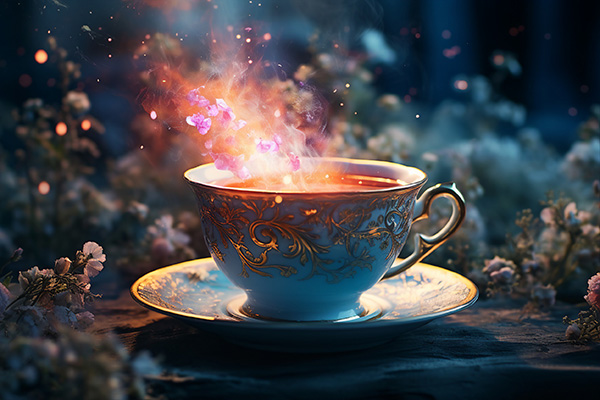traditions
The Ancient Wisdom Of The Two Wolves
 The story of the Two Wolves holds a special place among my childhood favorites. The moral of this Native American wisdom tale, thought to have originated with the Cherokee tribe, serves as a daily guiding light in my life.
The story of the Two Wolves holds a special place among my childhood favorites. The moral of this Native American wisdom tale, thought to have originated with the Cherokee tribe, serves as a daily guiding light in my life.
I must confess, there is some sentimental bias on my part, as this story also brings back lovely memories of my remarkable grandfather, Sequoia, a former medicine man and chief of the Cherokee Nation.
Variations of the story exist in various Native American cultures, and it typically goes like this:
One evening, an old Cherokee is teaching his granddaughter about life and says, “My daughter, a fight is going on inside all of us each day. It is the battle between the two wolves.”
“One wolf is evil — anger, envy, jealousy, sorrow, regret, greed, arrogance, self-pity, guilt, resentment, inferiority, lies, false pride, superiority, and ego. The other wolf is good — joy, peace, love, hope, serenity, humility, kindness, benevolence, empathy, generosity, truth, compassion, and faith.”
The granddaughter thinks about it for a minute and then asks her grandfather, “Which wolf will win?”
The Power Of Precision In Psychic Reading
 As a professional rune reader, I’ve come to appreciate the profound importance of preparation and precision in any psychic reading. The core element is the clarity of the question asked, which is paramount in any reading.
As a professional rune reader, I’ve come to appreciate the profound importance of preparation and precision in any psychic reading. The core element is the clarity of the question asked, which is paramount in any reading.
I find that clients who approach a reading with clear questions and sincere intentions usually receive the most transformative insights and accurate answers.
In the runic tradition, the clarity of the question has always been central to the practice. From ancient times to the present, seekers have always understood that the runes respond most powerfully to direct inquiries. I’ve seen firsthand how precise questions can serve as a beacon, directing the energy of the reading to the heart of the matter.
Various runic traditions, including Norse, Germanic, and Anglo-Saxon, have always emphasized the importance of asking clear and specific questions.
Ancient teachings also suggest that when consulting the runes, one should approach the practice with honor and respect. Questions should be asked with a sincere and genuine intent, recognizing the sacred nature of the runic symbols and the guidance they provide.
Astrology Forecast February 5 – 11, 2024
 Mercury moves into Aquarius today, challenging us to think differently for the next few weeks. Breaking out of old molds and thought processes will be the challenge as the rulin planet of communication, intellect, and the mind moves through this electric sign.
Mercury moves into Aquarius today, challenging us to think differently for the next few weeks. Breaking out of old molds and thought processes will be the challenge as the rulin planet of communication, intellect, and the mind moves through this electric sign.
Our most productive days of the week will be tomorrow and Wednesday as the Moon marches through Capricorn, so get your to-do list completed before the fireworks and celebrations begin, as this week marks the beginning of the Chinese New Year 2024.
This year we celebrate the Year of the Dragon, more specifically, Wood Dragon. An Aquarius New Moon occurs on Friday, February 9th, which officially kicks off Chinese New Year on February 10th, lasting until January 28th, 2025.
The Year of the Dragon is any esteemed year in Chinese culture, as it is associated with strength, prosperity, and good fortune. In the Chinese zodiac, each year is associated with one of the twelve animal signs, and the Dragon is the only mythical creature in the cycle. People born in the Year of the Dragon are believed to inherit the dragon’s characteristics, which include intelligence, ambition, courage, and a strong sense of justice. Continue reading
A Beginner’s Guide To Tasseography
 Tasseography is the ancient, yet little known, art of tea-leaf divination. As a little girl in the 1960s, I was fascinated to learn that the patterns of tea leaves at the bottom of my teacup had special meanings, so much so that I asked my mother never to use the tea strainer again!
Tasseography is the ancient, yet little known, art of tea-leaf divination. As a little girl in the 1960s, I was fascinated to learn that the patterns of tea leaves at the bottom of my teacup had special meanings, so much so that I asked my mother never to use the tea strainer again!
Tasseography, also known as tasseomancy or tealeaf reading, is a form of divination or fortune-telling that involves interpreting patterns formed by tea leaves or coffee grounds left in a cup. The practice has ancient roots and can be traced back to various cultures and regions, but it originated in ancient China, where tea was first cultivated.
Tasseography also has ties to Middle Eastern cultures, particularly in the Ottoman Empire. The practice spread through trade routes and cultural exchanges. In the Middle East, coffee grounds were often used for divination, and the leftover grounds would be interpreted for insights into the future.
Tasseography gained popularity in Europe in the 17th century, particularly during the Victorian era when tea became a fashionable beverage. It is also associated with the Romani people, who incorporated tea leaf reading into their traditions. As the Roma traveled and interacted with different cultures, the practice spread.
Invoking Archangel Michael In Your Spiritual Practice
 Archangel Michael, the divine warrior and champion of truth and justice, is a powerful figure in many spiritual traditions. He is a prominent figure in Judaism, Christianity, Islam, the Baha’i Faith, and Neo-Paganism.
Archangel Michael, the divine warrior and champion of truth and justice, is a powerful figure in many spiritual traditions. He is a prominent figure in Judaism, Christianity, Islam, the Baha’i Faith, and Neo-Paganism.
His name in Hebrew means “Who is like the Lord?” and his title “Archangel” means “Prince of Angels.” Michael is the leader of the angelic realm and is known for his strength, courage, and protection. He fights for good, empowers the faithful, and accompanies the souls of the righteous to heaven.
He is typically depicted as a warrior, complete with sword and shield. He is also often shown defeating a dragon or other monstrous creature. In Christianity, he is specifically mentioned in the Book of Revelation as battling Satan.
In some depictions, he is shown holding scales. This is a reference to his position as guardian of the dead as their souls leave the earth. Just as the Roman god Mercury accompanied souls to the underworld, Michael is said to accompany the recently deceased on their journey to the other side.
Michael is a venerable spiritual figure and is often invoked in prayer, meditation, and other spiritual practices. Believers invoke his presence for protection, guidance, and spiritual strength.

